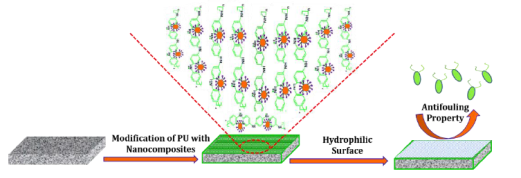Day 1 :
Keynote Forum
Kenji Uchino
The Pennsylvania State University, USA
Keynote: Glory of piezoelectric perovskitess
Time : 08:30-09:00

Biography:
Abstract:
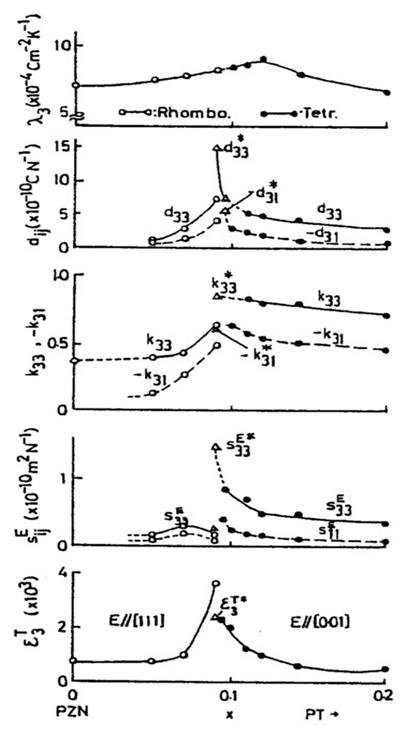
Figure: Changes in electromechanical coupling factors with PT faction x in (1–x) Pb (Zn1/3Nb2/3) O3-xPbTiO3.
Keynote Forum
P N De Aza
Miguel Hernández University, Spain
Keynote: Eutectoids: A new bioceramic materials for bone tissue engineering
Time : 09:00-09:30

Biography:
Abstract:
Keynote Forum
Sergey Sokovnin
Institute of Electrophysics, Russia
Keynote: Producing nanopowders for functional ceramics by pulsed electron beam evaporation method in vacuum
Time : 09:30-10:00

Biography:
Abstract:
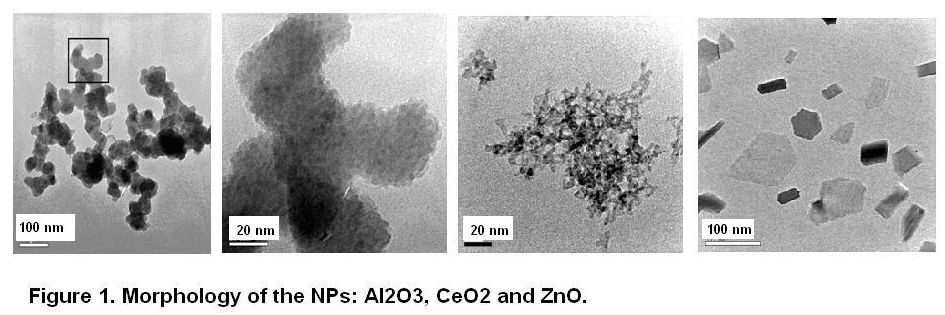
Keynote Forum
Kenji Uchino
The Pennsylvania State University, USA
Keynote: Antiferroelectric shape memory ceramics
Time : 10:00-10:30

Biography:
Abstract:
- Ceramic Engineering | Ceramic Compounds: Ceramic Materials
Location: Armstrong

Chair
Sergey Sokovnin
Institute of Electrophysics, Russia
Session Introduction
Charles Hetzel
Brookhaven National Laboratory, USA
Title: Ceramics in particle accelerators
Time : 10:45-11:05

Biography:
Abstract:
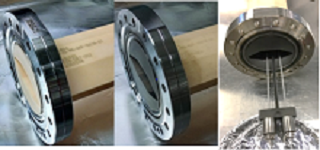
D J Whitefield
University of the Witwatersrand, South Africa
Title: The use of 3D printing and gelation casting to fabricate complex ceramic parts
Time : 11:25-11:45
Biography:
Abstract:
- Electro-magnetic and Optical Ceramics and Devices | Surface Engineering and Ceramic Coatings | Alloys
Location: Armstrong

Chair
Slawomir Kaczmarek
Westpomeranian University of Technology, Poland
Session Introduction
Slawomir M Kaczmarek
Westpomeranian University of Technology, Poland
Title: Influence of nitriding process on magnetic properties of steel ball-like samples
Time : 11:45-12:05

Biography:
Abstract:

Anna Backerra
The Netherlands
Title: Four types of electrons, each allowing matter to behave in a specific way, according to twin physics
Time : 12:05-12:25

Biography:
Abstract:
Oloyede O R
Afe Babalola Univerity, Nigeria
Title: Improving wear performance of multi-layer electroless Ni-based coating using laser heat treatment
Time : 12:25-12:45

Biography:
Abstract:
Osama M Ibrahim
Kuwait University, Kuwait
Title: Formation of aluminum-oxide layer on the surface of Fe-Cr-Al fibers
Time : 13:15-13:35

Biography:
Abstract:
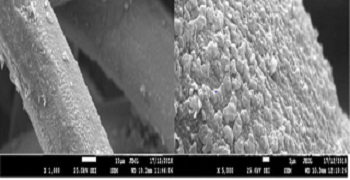
Oloyede O R
Afe Babalola Univerity, Nigeria
Title: Effect of heat treatment on the morphology and mechanical properties of commercial aluminium 6063 alloy
Time : 13:35-13:55

Biography:
Abstract:
- Advanced Materials| Composite Materials
Location: Armstrong

Chair
P N De Aza
Miguel Hernández University, Spain
Session Introduction
Kenji Uchino
The Pennsylvania State University, USA
Title: Piezoelectric composites
Time : 14:15-14:35

Biography:
Abstract:
Nasrin Al Nasiri
Imperial College London, UK
Title: The oxidation behaviour of a melt infiltrated (MI) SiC/SiC matrix composite (CMC) at high temperature in air
Time : 14:35-14:55

Biography:
Abstract:
Vandana A Mooss
Savitribai Phule Pune University, India
Title: PANI-ZnO nanocomposites embedded polyurethane films for antifouling applications
Time : 15:30-15:45

Biography:
Abstract:
